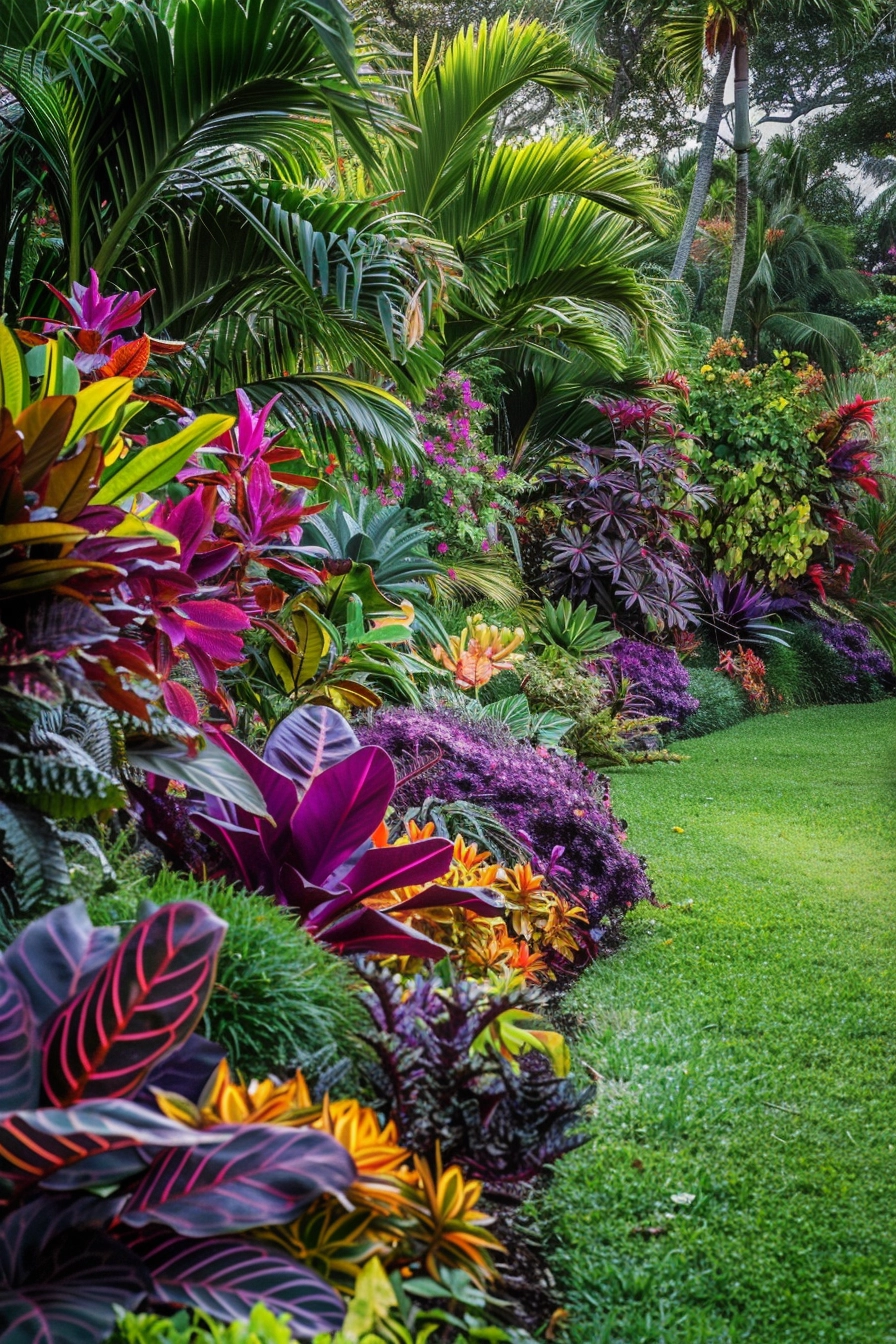Designing a low-allergy backyard is crucial for allergy sufferers who want to enjoy the benefits of gardening without the discomfort of allergies. According to the American Academy of Allergy Asthma and Immunology, up to 30 percent of people worldwide are affected by allergic rhinitis or “hay fever.” While it may not be possible to completely eliminate pollen sources, strategic planning and plant selection can help minimize the effects of allergens in your outdoor space.
Creating an allergy-friendly backyard design involves considering various factors. From choosing the right elements for your garden to implementing strategies to minimize allergy symptoms, here are some important tips:
Choosing Allergy-Friendly Elements for Your Garden
When designing your low-allergy backyard, there are specific elements to consider:
- Choose grass wisely: Opt for grass varieties that produce less pollen, such as Bermuda grass or buffalo grass. These types are generally considered low-allergen choices.
- Skip the mulch: Traditional wood mulch can harbor mold spores, which can trigger allergies. Consider alternative options like rubber mulch or stone gravel.
- Choose female trees: Female trees produce fewer airborne pollen particles compared to male trees. Some examples of female trees suitable for allergy-conscious garden planning are crabapple trees or flowering dogwood trees.
- Keep weeds in check: Weeds like ragweed and pigweed are notorious for causing allergies. Regular weeding and maintenance can help minimize their presence in your garden.
Minimizing Allergy Symptoms in the Garden
In addition to careful element selection, it’s important to take proactive steps to minimize allergy symptoms while gardening:
- Plant pollen-free plants: Some plants, such as begonias, impatiens, and snapdragons, produce little to no pollen, making them ideal choices for low-allergy landscaping.
- Avoid allergy-inducers: Certain plants like sunflowers, daisies, and chrysanthemums are more likely to trigger allergies. It’s best to avoid such plants if you or your family members are sensitive to them.
- Reduce allergy symptoms when gardening: Wear gloves, a hat, long-sleeved shirts, and long pants to minimize direct contact with allergens. Consider wearing a mask to protect yourself from inhaling pollen and other allergens.

Key Takeaways:
- Designing a low-allergy backyard is essential for allergy sufferers who want to enjoy gardening without discomfort.
- Choose grass varieties, trees, and mulch options that produce fewer allergens.
- Avoid planting high-pollen plants and prioritize pollen-free alternatives.
- Regular weeding and maintenance help keep allergenic weeds at bay.
- Reduce allergy symptoms while gardening by wearing protective clothing and using a mask.
Choosing Allergy-Friendly Elements for Your Garden
Creating a low-allergy backyard involves selecting the right elements for your garden. Here are some tips to help you make allergy-friendly choices:
1. Choose grass wisely
When it comes to grass, opt for low-pollen varieties such as Bermuda grass or Zoysia grass. These grasses produce less pollen, reducing the risk of triggering allergies. Additionally, regularly mowing your lawn will help keep pollen levels in check.
2. Skip the mulch
Avoid using mulch in your garden as it can harbor mold spores and pollen. Instead, consider using alternatives such as pea gravel or stone. These materials not only minimize allergen exposure but also provide a clean and low-maintenance look to your landscape.
3. Choose female trees
When selecting trees for your garden, opt for female varieties. Female trees produce fewer allergenic pollen grains compared to their male counterparts. Some examples of female tree species include dogwood, maple, and magnolia. These trees not only add beauty to your outdoor space but also help reduce pollen-related allergies.
4. Keep weeds in check
Weeds can contribute to allergic reactions due to their pollen production. Regularly remove weeds from your garden to keep pollen levels low and prevent them from overtaking your landscape. Consider using mulch-free alternatives like landscape fabric or weed barriers to suppress weed growth.
By following these tips and selecting allergy-friendly elements for your garden, you can create a low-allergy backyard that allows you to enjoy the beauty of nature without triggering allergies. Stay tuned for more helpful tips on minimizing allergy symptoms in the garden in the next section.

Minimizing Allergy Symptoms in the Garden
When it comes to gardening, allergy sufferers often worry about the potential triggers that can exacerbate their symptoms. However, with a few simple strategies, it’s possible to reduce allergy symptoms and enjoy the therapeutic benefits of gardening. Here are some tips to help you create a garden that minimizes allergens and allows you to indulge in your green thumb without the sneezing and itching:
1. Choose Pollen-Free Plants: Opt for plants that produce minimal or no pollen. Some great options include certain varieties of roses, begonias, petunias, and impatiens. These beautiful blooms will add color to your garden without triggering your allergies.
2. Avoid Allergy-Inducers: Stay away from plants that are known to be highly allergenic, such as ragweed, goldenrod, and certain grasses. Instead, focus on low-allergy alternatives like hostas, ferns, and butterfly bushes. By selecting allergy-friendly plants, you can significantly reduce the allergens in your garden.
3. Take Precautions: When gardening, it’s essential to protect yourself from allergens. Wear a hat, sunglasses, and a mask to cover your nose and mouth. This will help filter out pollen and prevent it from getting into your respiratory system. It’s also a good idea to garden early in the morning or late in the evening when pollen counts are typically lower.
4. Maintain a Clean Garden: Regularly remove dead leaves, flowers, and debris from your garden to prevent the accumulation of allergens. Additionally, consider using a drip irrigation system instead of sprinklers to minimize airborne pollens. Keeping the garden tidy helps create a healthier outdoor environment for allergy sufferers.
By incorporating these strategies into your gardening routine, you can greatly reduce allergy symptoms and enjoy a more comfortable time in your garden. Remember, with proper planning and a few precautions, gardening can be a joyous and relaxing experience for everyone, even those with allergies.


